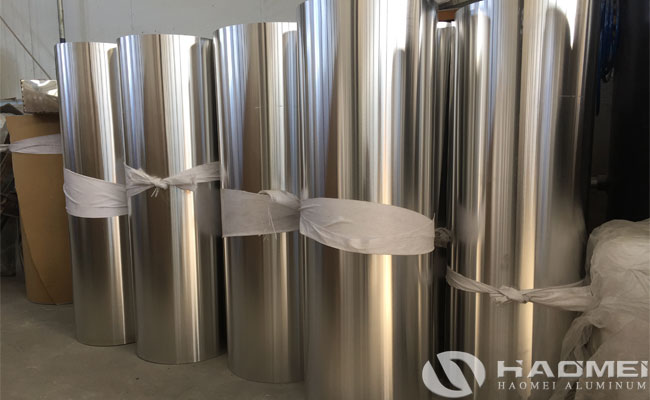
The 024 aluminum coil stock is a 24 inch wide aluminum coil which is usually color coated to be applied as trim coil. The aluminum coil manufacturer have 024 aluminum coil in stock because it is a common use size. The production of aluminum coil is not simply melting aluminum ingots and then processed into coils, but includes four steps, such as pre-treatment, coating, heating, exhaust gas recovery, etc. The following will introduce these four steps respectively.

1. Pre-treatment
Aluminum coil will have some grease and lubricant residue on the surface during the production process, and other substances may be adhered during the transportation process, which will affect the painting and use of the product if not cleared in time. In addition, the clean surface of the substrate needs to be chemically treated to produce a stable conversion film, so as to improve the corrosion resistance of the substrate and the adhesion to the coating.
2. Coating
Coating is the core part of 024 aluminum coil stock production, and the main equipment includes roller coating machine and drying channel. The process of frontal or front and back side coating is generally adopted. According to the different directions of coating rollers and transmission rollers, it can be divided into two kinds of processes, namely cis-coating and reverse-coating.
3. Heating
The heating method of the production line includes gas heating and electric heating, gas heating is relatively more used, mainly with natural gas, gas and other fuel combustion heating, more economical, but more polluting and poor security; electric heating is electricity as energy, more environmentally friendly, easy to use, but in terms of cost is much higher than gas heating.
4. Recovery of exhaust gas
Because most of the coatings used in 024 aluminum coil stock processing contain organic solvents, so the tail gas produced in the production process will contain a large amount of organic solvents and carbon dioxide gas, which has a great impact on people's health and the environment, so the tail gas needs to be treated first and then discharged, in order to protect the environment to a greater extent.